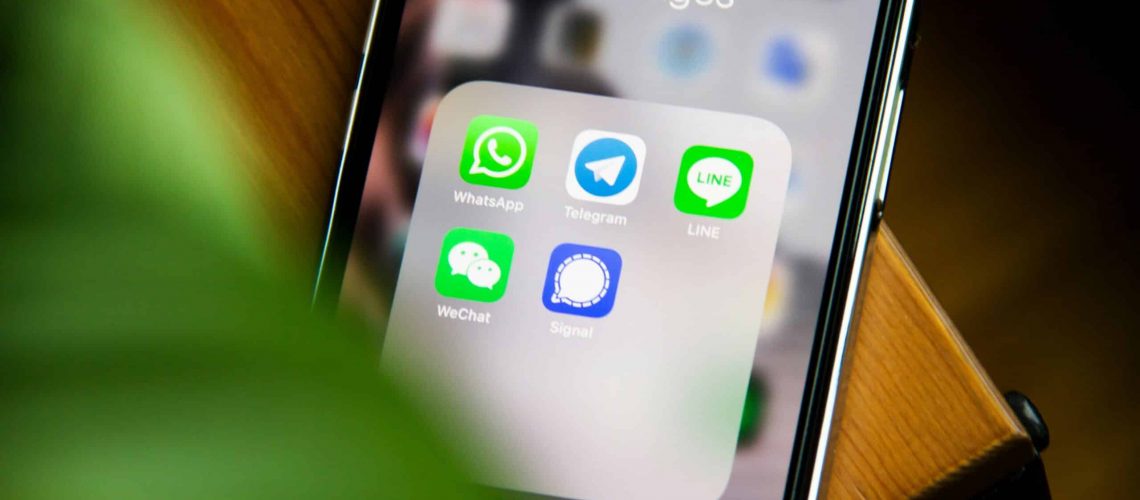Customers today are digital dynamos. They juggle work, social lives, and constant connectivity. In this whirlwind, patience is a rare commodity. They crave immediate answers, frictionless interactions, and personalized experiences. This is especially true when it comes to customer service, where a single bad experience can send them bolting for the competition.
Enter SMS, the unassuming text message. Often overlooked, SMS offers a powerful and underutilized tool for businesses to elevate their customer service game. But how important is SMS for customer service, really? Let’s explore the reasons why SMS deserves a prominent place in your customer service strategy.
The Allure of Convenience: Why Customers Love Texting for Support
Think about it: how often do you check your phone? For most, it’s a constant companion. SMS capitalizes on this ubiquitous technology, allowing customers to reach out for support on their terms, at their convenience. No more waiting on hold or navigating complex phone menus – a simple text is all it takes.
This convenience factor translates to higher customer satisfaction. Studies show that over half of customers prefer texting for customer service compared to traditional phone calls [1]. Texting feels less intrusive, allowing customers to reach out at their leisure and manage the conversation asynchronously. They can send a message during a break or while multitasking, and receive a response whenever they’re ready to engage.
Beyond Convenience: The Benefits of SMS for Businesses
While convenience is a major perk for customers, SMS offers significant benefits for businesses as well. Here are some key points to consider:
- Increased Efficiency: Texting allows your customer service team to handle multiple inquiries simultaneously, improving overall efficiency. Unlike phone calls, which require undivided attention, agents can manage text conversations in a more streamlined way.
- Reduced Costs: Compared to phone support, SMS is a cost-effective solution. Text messages are generally cheaper to send and receive, and agents can resolve issues quicker, minimizing overall interaction time.
- Improved Customer Satisfaction: Convenience and efficiency lead to happier customers. By offering a preferred communication channel and resolving issues promptly, SMS fosters positive customer experiences.
- Higher Engagement: Texting allows for a more personal and interactive customer service experience. You can use emojis and personalize greetings to create a friendly tone, leading to higher customer engagement.
- Proactive Communication: SMS isn’t just for reactive support. Use it for proactive communication too. Send appointment reminders, order confirmations, and shipping updates to keep customers informed and reduce inquiries.
Optimizing Your SMS Customer Service Strategy
Now that you understand the importance of SMS for customer service, let’s delve into some strategies to optimize your approach:
- Invest in a Business Texting Platform: Ditch the personal phone and opt for a dedicated business texting platform. These platforms offer features like automated responses, multi-agent collaboration, and detailed analytics to streamline communication and track performance.
- Set Customer Expectations: Clearly communicate that SMS is a customer service option. Include your SMS support number on your website, social media profiles, and marketing materials.
- Train Your Team: Equip your customer service team with the skills to handle inquiries via text. Train them on effective communication techniques for a positive and professional texting experience.
- Respond Quickly: Customers expect fast responses. Aim to answer texts within minutes, especially for time-sensitive issues. Set clear response time expectations and consider offering an auto-reply informing customers when they can expect a response.
- Personalize When Possible: While brevity is key in texting, personalize your interactions where possible. Use the customer’s name, acknowledge their specific issue, and maintain a friendly tone.
- Offer an Opt-Out Option: Provide customers with a clear way to opt-out of receiving SMS communications. This builds trust and ensures you’re only reaching out to those who want to be contacted via text.
The Future of SMS Customer Service: A Seamless Omnichannel Experience
SMS is a powerful tool, but it’s most effective when integrated with a broader omnichannel customer service strategy. This means offering customers a variety of ways to connect with your support team, including phone calls, email, live chat, and social media.
The key lies in creating a seamless experience across all channels. Customers should be able to switch between channels without having to repeat information or re-explain their issue.
By integrating SMS alongside other channels, you’ll create a robust customer service ecosystem that caters to different preferences and situations.
The Final Text: Why You Should Embrace SMS Customer Service
In today’s digital age, convenience and accessibility are paramount for customer satisfaction. SMS offers a unique opportunity to bridge the gap between businesses and customers, providing a preferred communication channel that fosters positive experiences and builds stronger relationships.
Ready to take your customer service to the next level? Embrace the power of SMS and unlock a world of convenience, efficiency


